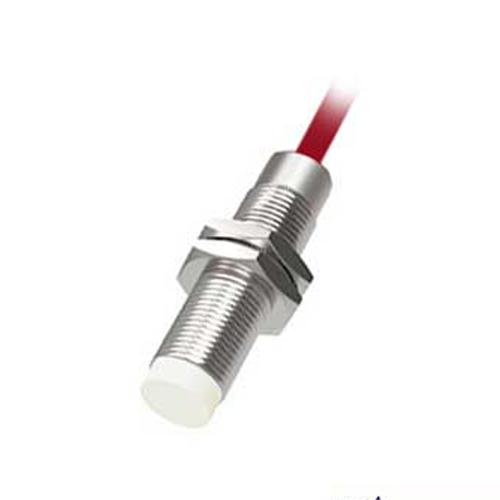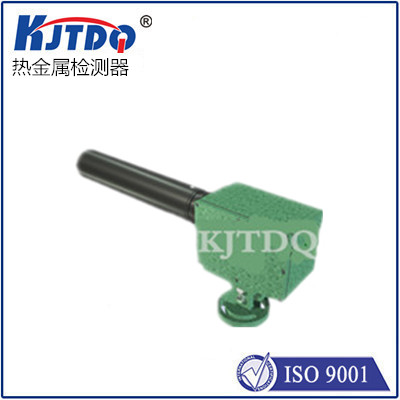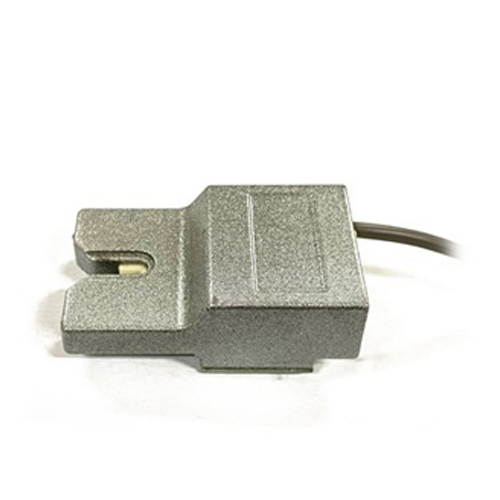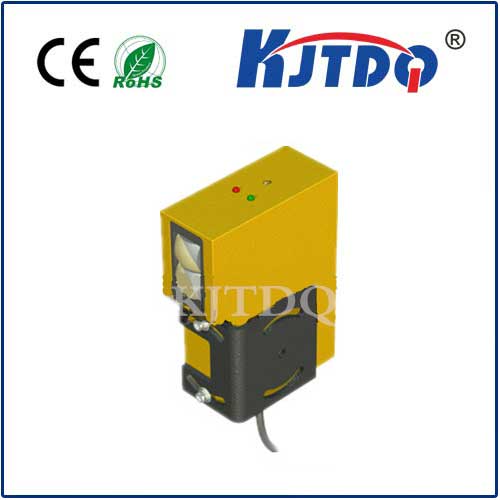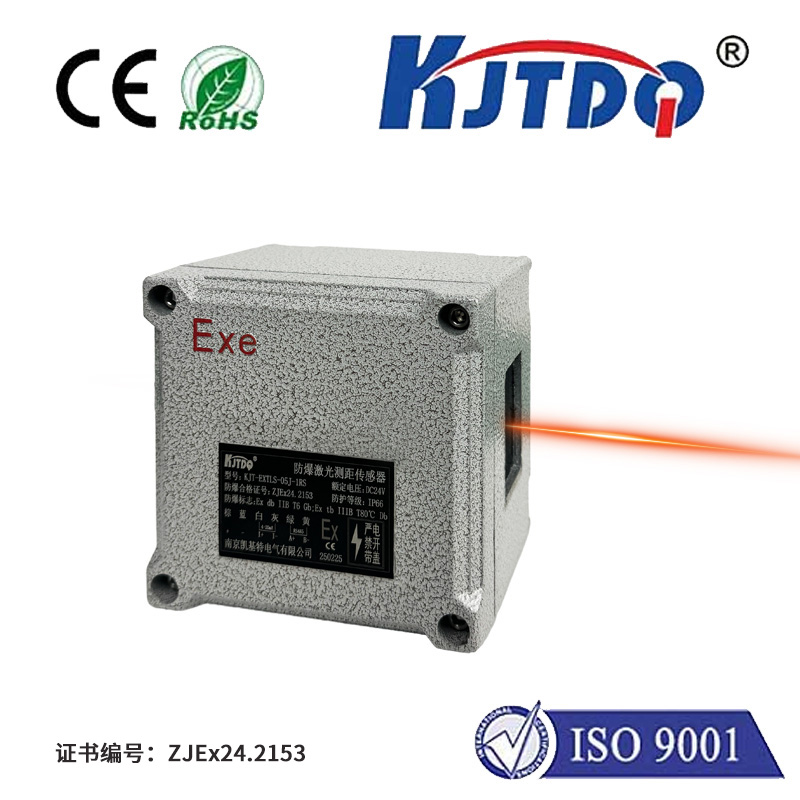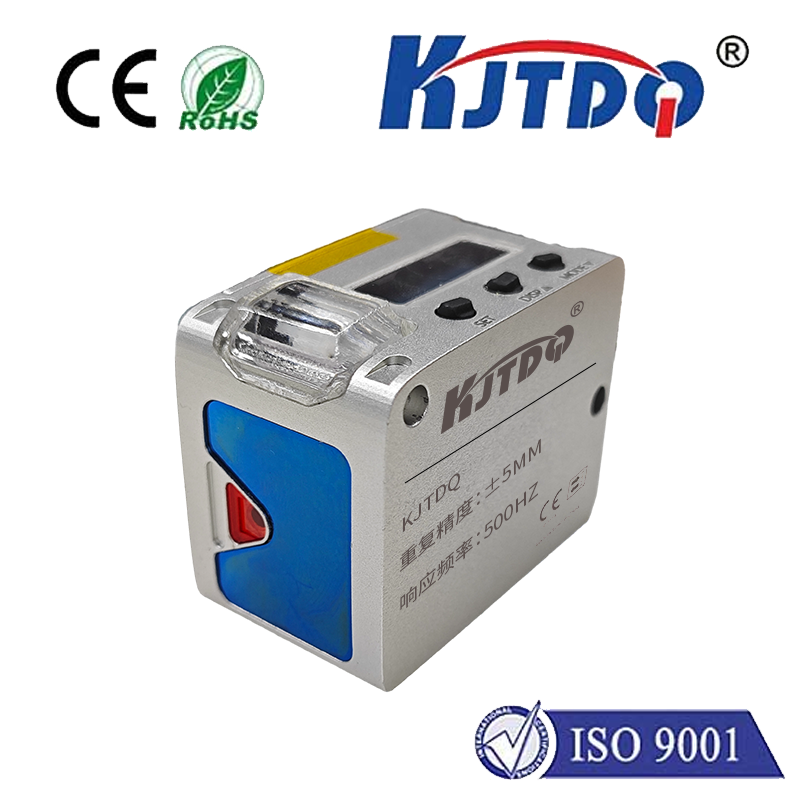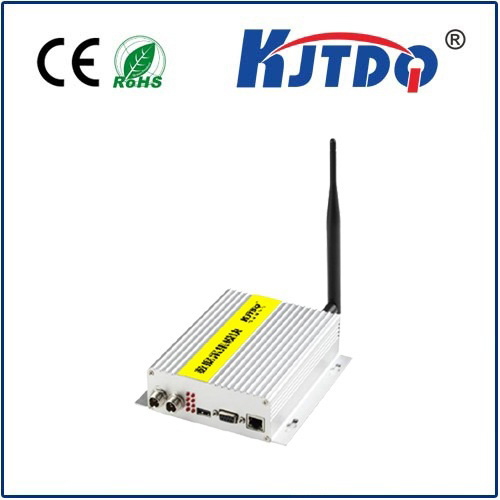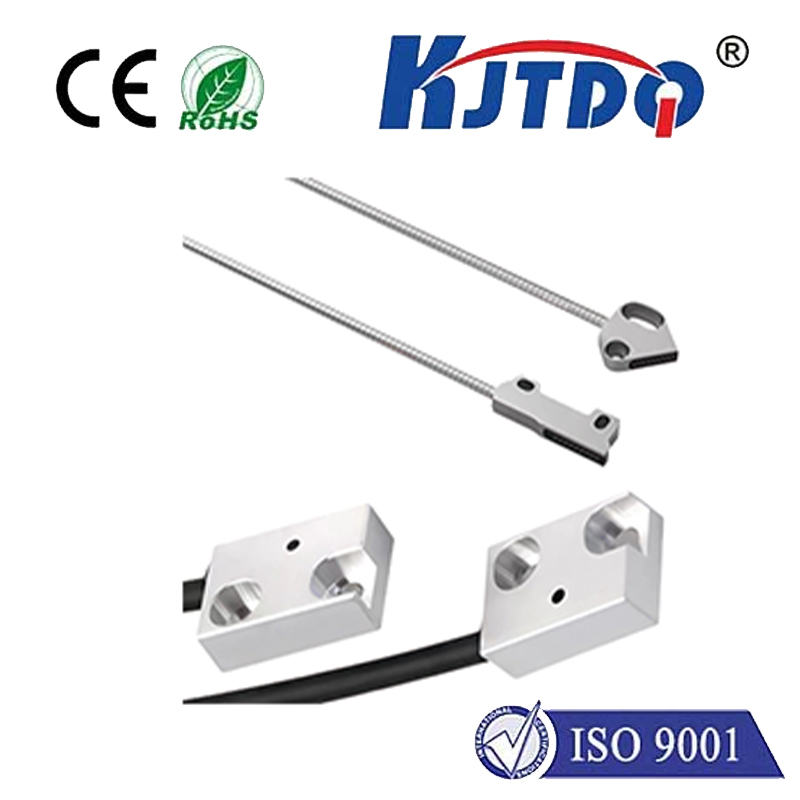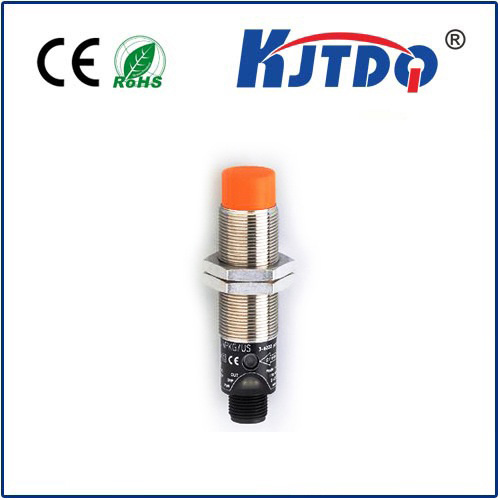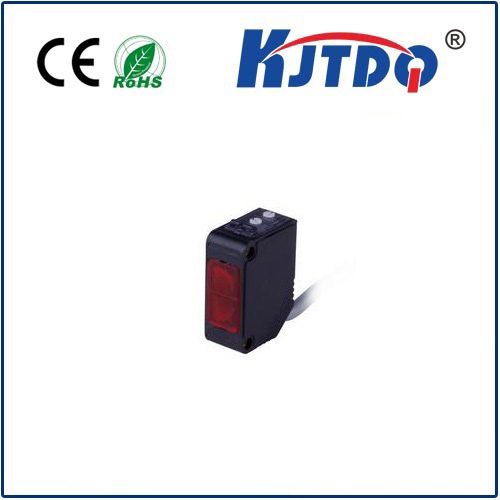

check

check

check

check

check

check

check

check

check

check
As a crucial component in many electronic devices, pnp sensors play a vital role in detecting and measuring various parameters. However, one of the main concerns for many consumers is the cost of these sensors. In this article, we will explore the factors that influence pnp sensor prices and provide valuable insights on how to select the most suitable option for your specific needs.
Section 1: Understanding the Components of PNP Sensors
Before diving into the price, it is essential to understand the components that make up a pnp sensor. Typically, a pnp sensor consists of three layers: the photodiode, the transistor, and the output circuit. The photodiode absorbs light energy and converts it into an electrical signal, which is then amplified and filtered by the transistor before being sent to the output circuit. These three layers work together to accurately measure a wide range of parameters, including temperature, humidity, pressure, and motion.
Section 2: Factors Affecting PNP Sensor Prices
There are several factors that can impact the cost of pnp sensors, including:
1. Type and Quality: Different types of pnp sensors have varying levels of accuracy, reliability, and durability. Higher-quality sensors are typically more expensive than lower-quality options. For example, industrial-grade pnp sensors designed for harsh environments may be more expensive but offer better performance and longer lifespan compared to consumer-grade sensors.
2. Features and Functions: Some pnp sensors come with additional features such as analog output, PWM output, or multiple sensing modes, which can increase their cost. Additionally, sensors with advanced sensing capabilities like ultrasonic or infrared sensors may also be more expensive than basic ones.
3. Material and Manufacturing Process: The material used in the production process and the manufacturing process itself can also affect the cost of pnp sensors. For instance, using rare earth elements such as neodymium or dysprosium can increase the cost of a sensor but enhance its sensitivity and durability.
4. Supplier and Market Conditions: The supply chain and market conditions can also influence pnp sensor prices. During periods of high demand or shortages, suppliers may charge higher prices for their products. Additionally, international trade policies and tariffs can also impact the cost of imported pnp sensors.
Section 3: Choosing the Right PNP Sensor for Your Needs
Now that you understand the factors affecting pnp sensor prices, it's time to select the right one for your specific needs. Here are some tips to help you make an informed decision:
1. Define Your Application: Before selecting a pnp sensor, carefully define your application requirements, such as the range of sensing parameters you need to measure, environmental conditions (e.g., temperature), and accuracy level. This will help you narrow down your search and choose a sensor that meets your needs within your budget.
2. Consider Quality and Performance: While price is important, don't compromise on quality and performance when selecting a pnp sensor. Look for sensors from reputable manufacturers with a track record of producing reliable and accurate products. Read reviews from satisfied customers and compare different models to find the best fit for your needs.
3. Check Certifications and Standards: Make sure you select a pnp sensor that complies with relevant industry certifications and standards, such as ISO 9001 or CE Marking. These certifications ensure that the sensor has been rigorously tested and meets safety, quality, and performance requirements.
4. Compare Prices and Offers: Once you have identified potential candidates for your pnp sensor purchase, compare their prices and offers from various suppliers. Consider not only the initial cost but also ongoing expenses like maintenance, repairs, and replacements when evaluating your final choice.
Conclusion:
In summary, understanding the factors that affect pnp sensor prices is crucial when selecting a suitable sensor for your application. By considering quality, performance, features
